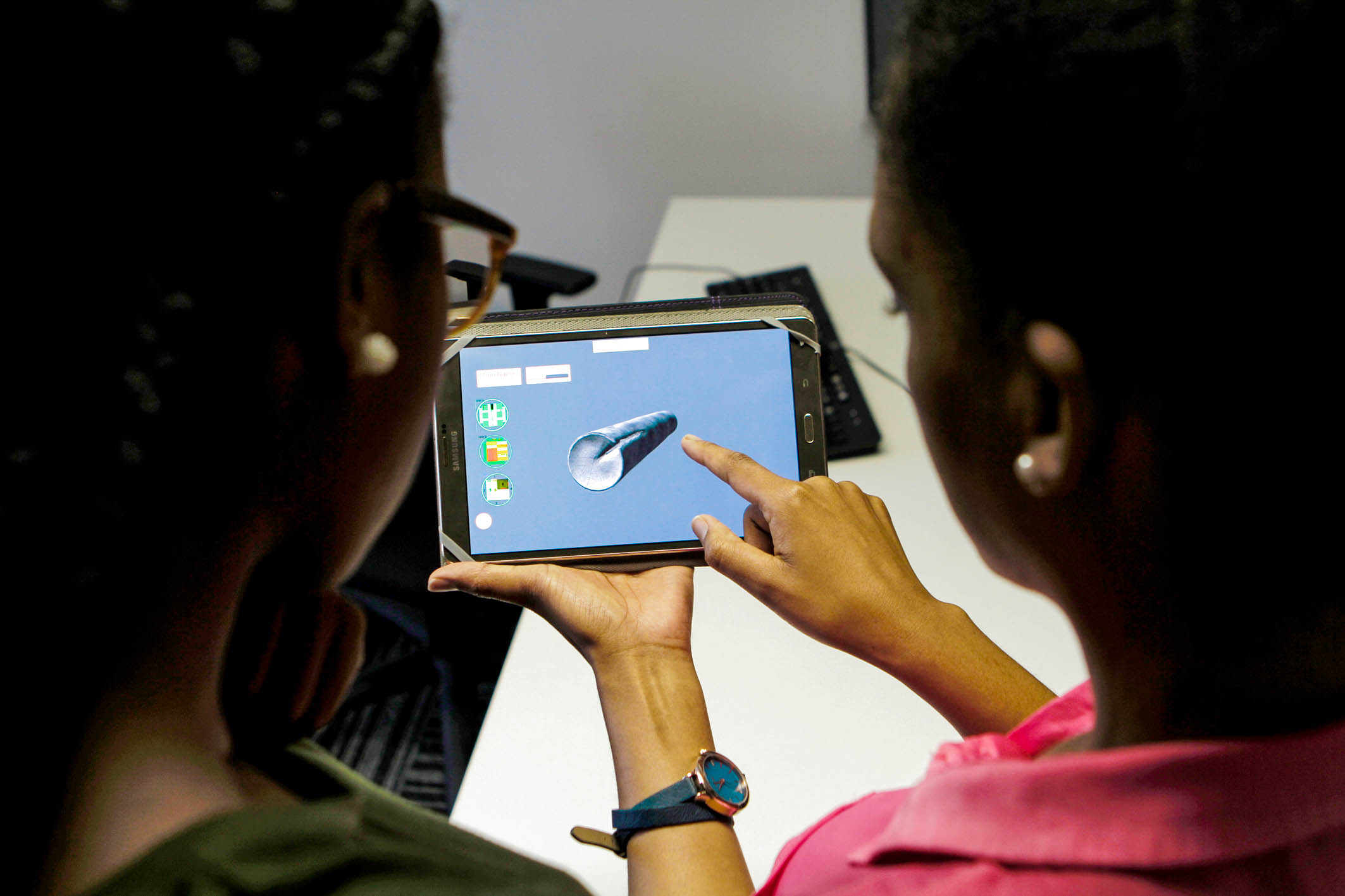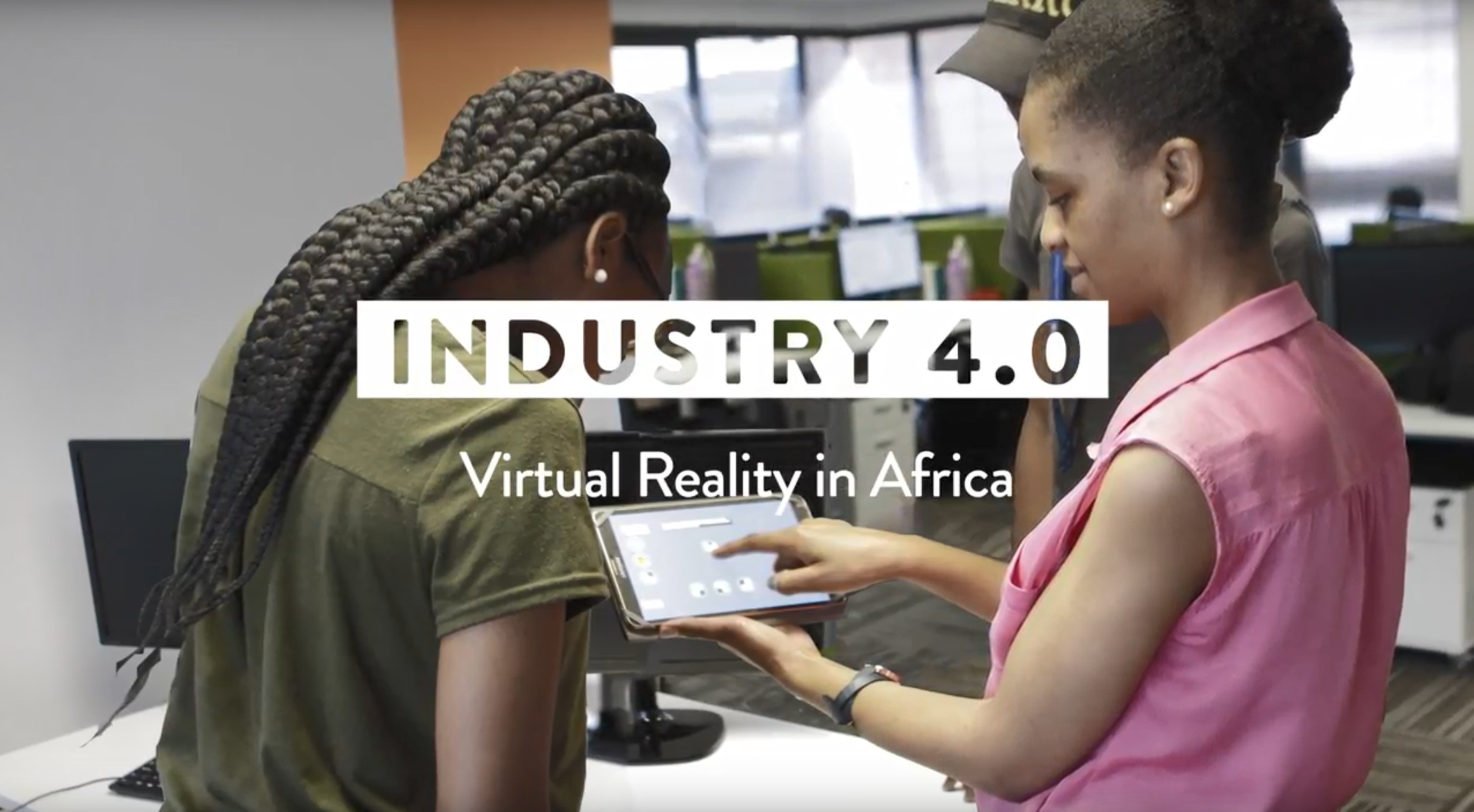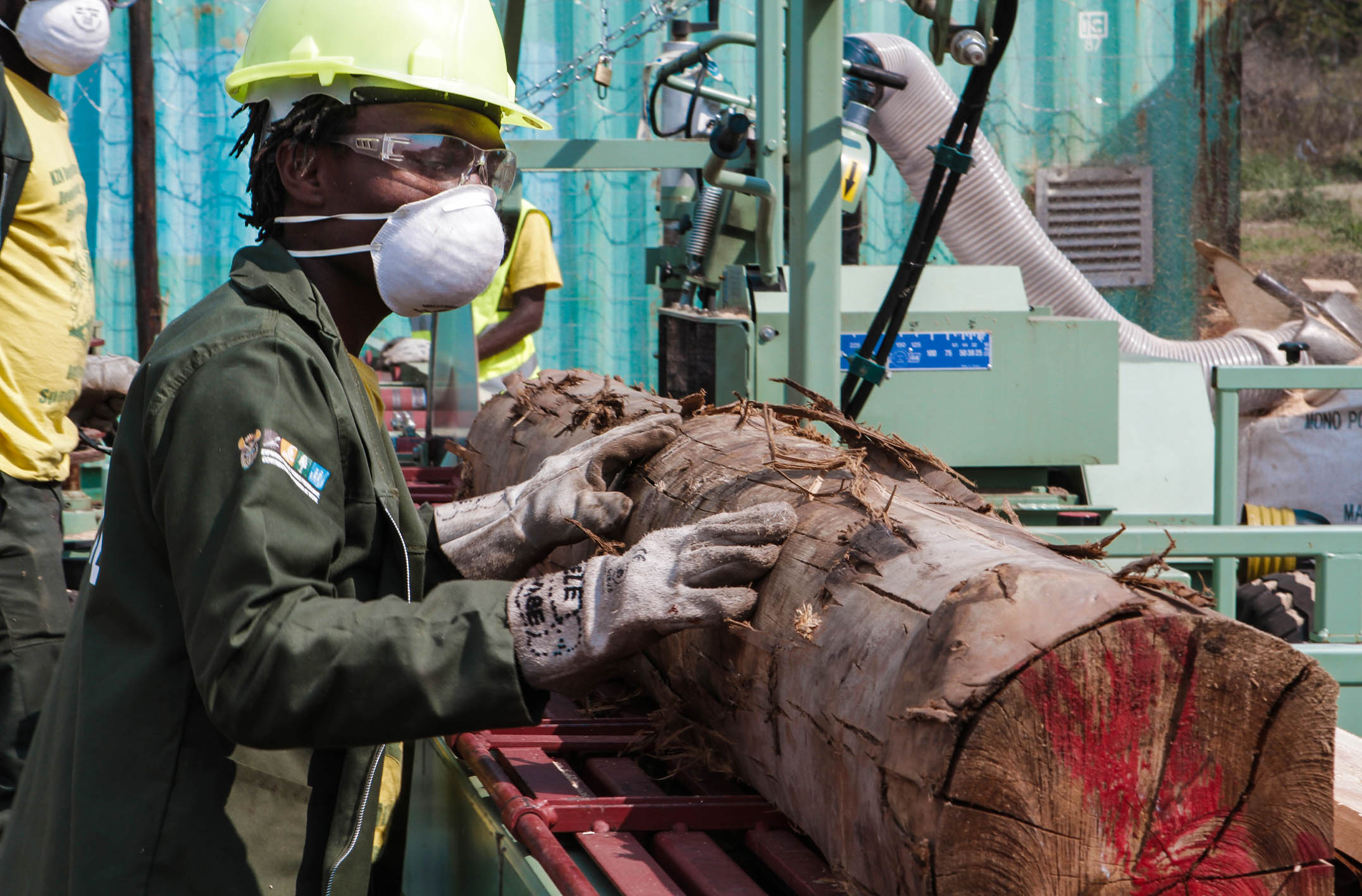

Virtual reality training in Southern Africa
01 February 2018 Danilo DE OLIVEIRA PEREIRA

Every fan of horror movies knows that a person wielding a chainsaw can cause some serious damage. The tool is rated as one of the most dangerous available; one wrong move and its user could lose a limb.
In Southern Africa, forestry students don’t have to worry about that anymore. They are now using a virtual reality training app to learn how to properly operate chainsaws. The mobile 3D teaching platform uses engaging content to teach young people best practices when using the tool – keeping them interested and in one piece.


The idea to design and test this innovative approach to training in forest industries comes from a partnership between the United Nations Industrial Development Organization (UNIDO) and the Government of Finland. Together, they pilot several programmes in South Africa which are going to be replicated in Malawi, Zambia and Zimbabwe.
Virtual reality uses realistic images, sounds and other sensory inputs to replicate an environment. In the case of this virtual reality training app, students can use it to learn how to operate a chainsaw before even picking one up. The software also teaches people how to operate and maintain the tool. The training does not replace the practical exercises with the tool, but makes the learning process much safer.
Dave Lockwood, founder of Naledi 3D, the local company which developed the training, said “If one is going to get hurt by a chainsaw, one would rather do it in a digital, 3D-way and not in reality.”

Safety isn’t the only benefit this platform has to offer. In rural areas, reaching a training centre is a difficult task. The project sets up mobile centres in remote areas and gives people the chance to develop their skills. The mobility provided by the app allows more people to be reached.
In countries like South Africa, which has eleven official languages, the technology also makes things a lot easier; switching between languages is a click away. And where conventional curricula fail because of the high level of prior education they require, the virtual training overcomes the literacy barrier with the use of images and audio.
Lucet Ramokgopa, in charge of Business Development at EON Reality, an augmented and virtual reality software company, said, “It is a low-cost solution which offers people the basic knowledge they need to become economically active in a sector”.
“People get to become players in the economy. They can develop their own livelihoods,” added Virpi Stucki, a UNIDO Industrial Development Officer.

The forestry sector, like most, is constantly affected by emerging technologies and companies have a hard time keeping up with the changes. In order to meet international standards and be more sustainable, they invest in new technologies and machinery. But it can be difficult to develop the necessary competencies, skills and knowledge amongst people. The costs of upgrading their workforce are often prohibitive.
“There is no infrastructure in forestry. There is no water, no electricity. Many people travel kilometers to get to the training venues,” said Charlene Van Aardt, trainer at the South African Forestry Training College.


The new technology fills a gap that many governments and training institutions in Africa are struggling to bridge: developing a skilled labour force. With an ageing workforce and lack of trained youth joining the labour market, the vocational skills shortage is becoming a big problem. Virtual reality training can offer opportunities in a number of fields, giving people access to knowledge which can be used to improve their lives.